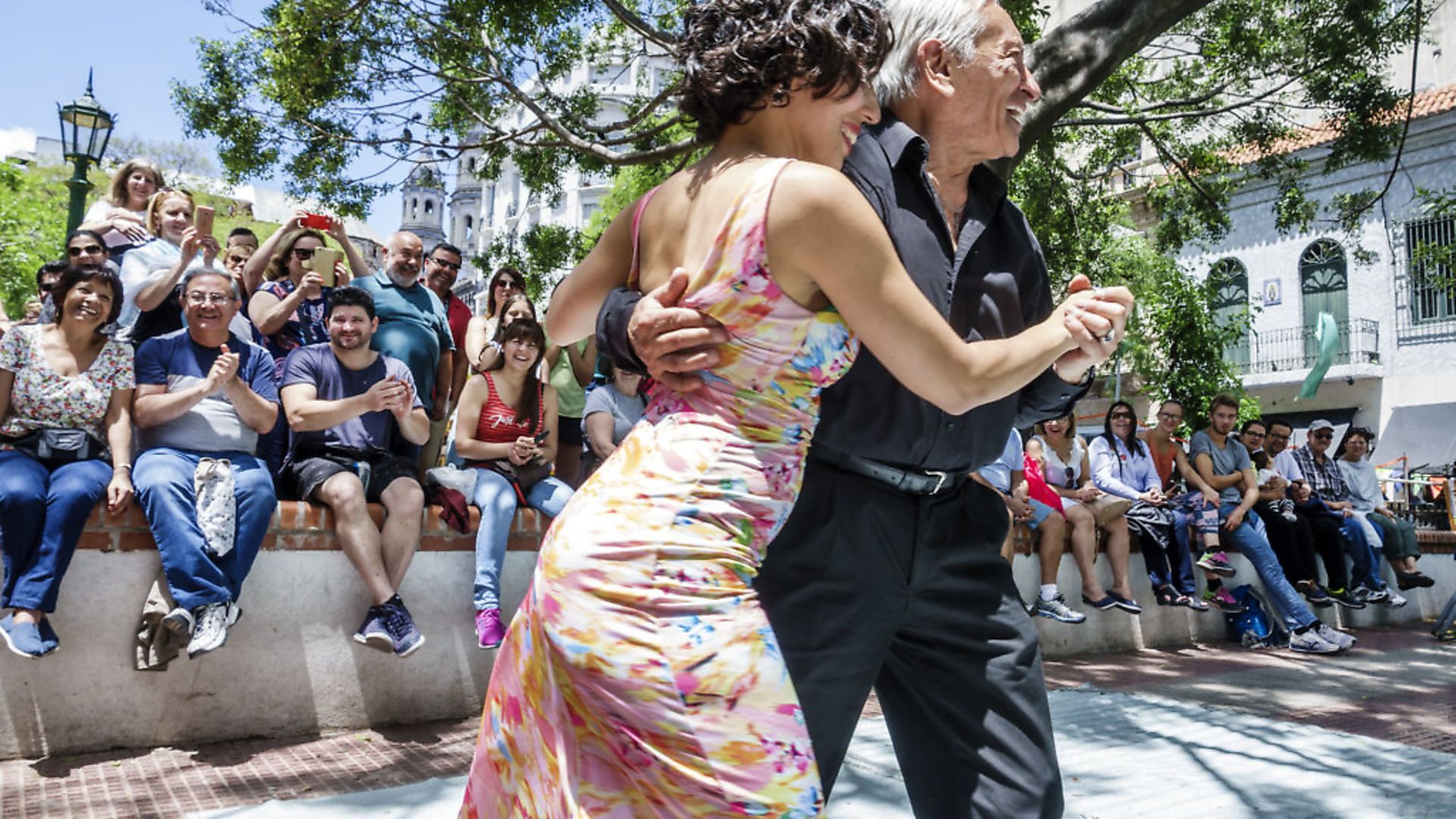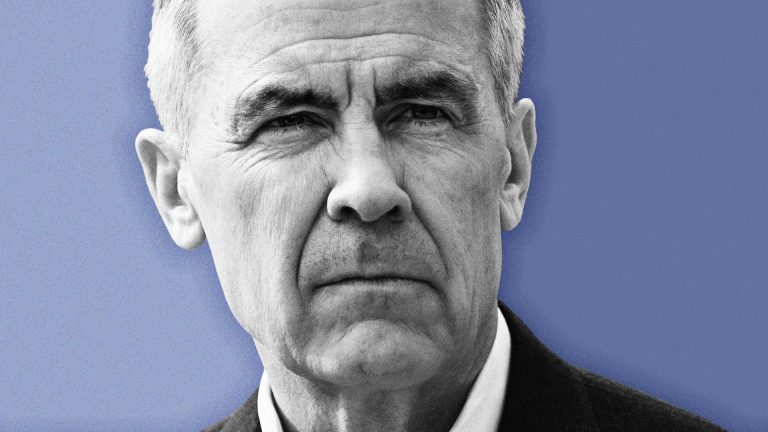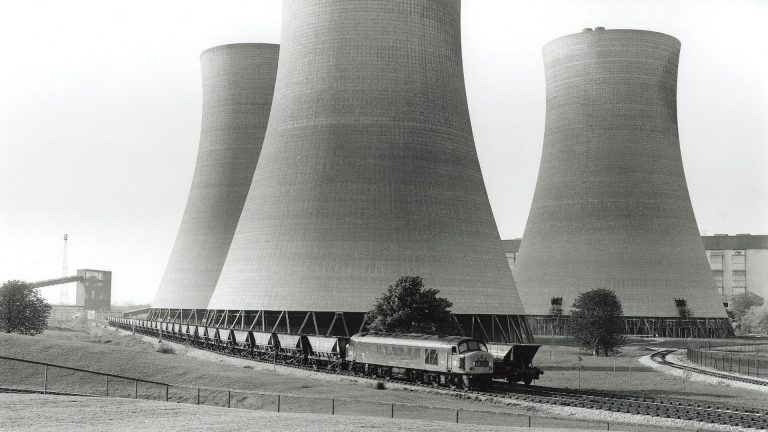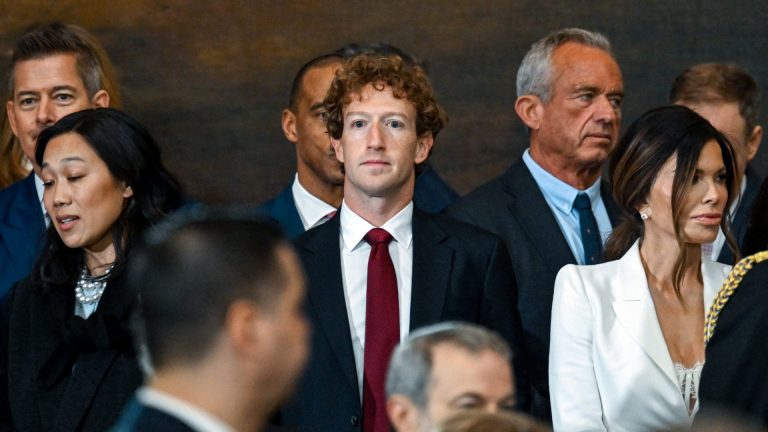
SOPHIA DEBOICK on a genre which tells the story of a city – and a nation – through the good times and the bad.
“Without the streets or dusks of Buenos Aires, a tango cannot be written.” This was how Jorge Luis Borges, Buenos Aries’ – and Argentina’s – most famous poet summed up the alchemic power of that unique city and its intimate relationship with music. After the declaration of independence of 1816, the city rejected the Spanish colonial aesthetic and rose in great neo-Gothic, Italian Renaissance-style and Art Deco palaces, becoming Barcelona, Paris and Madrid all rolled into one. It has well deserved its name as ‘the Paris of South America’, with porteños (‘people from the port’) gaining a reputation as chic, outspoken and full of joie de vivre.
The city was profoundly shaped by the great waves of immigration from Europe from the 1870s onwards, becoming a true melting pot and home to a cultured middle class. When the Teatro Colón, regarded as one of the world’s greatest opera houses, opened in 1908 it stood as a symbol of Buenos Aires’ cultural excellence. But the gulf between the Europeanised middle class and the internal migrants from the countryside who populated the shanty towns on the periphery of the city would later have huge political implications for both the country and the tango as a symbol of Argentine identity.
The Década Infame (‘Infamous Decade’) of 1930-1943 – between the coup that unseated Argentina’s first democratically elected president, Hipólito Yrigoyen, and Juan Perón taking power – sat right in the middle of tango’s 30-year Golden Age. The sedate tangos of the 19th century were abandoned in this feverish atmosphere of political and economic chaos, and the culture and the experience of uprootedness of the Europeans who had arrived in the past half century or so injected tango with the universal pop themes of loss and unrequited love, as well as wry observation and a sense of lightheartedness. Where lyrics had once been an afterthought, in this new tango-canción real stories and real emotions were conveyed and tango music as we know it was created.
Carlos Gardel was the father of tango-canción. Born in Toulouse to an Argentine mother, but brought up in Buenos Aires from the age of two, Gardel’s Mi Noche Triste (‘My Sorrowful Night’) (1917) was the first tango-canción hit. Using lunfardo, the slang of the criminal classes, and sung from the point of view of a compadrito (pimp) lamenting the loss of one of his women, it cemented an association of tango with both sex and the lowest rungs of society, yet paradoxically it set it on the path to acceptability.
Into the 1930s, Gardel sang with the great tango orchestras and also became a heartthrob movie star. Killed in a plane crash at the height of his fame in 1935, aged 44, Gardel has a place of honour in Buenos Aires’ vast la Chacarita cemetery, where the life-size statue on his tomb often holds a lit cigarette between its fingers, left by a visiting admirer. His Mi Buenos Aires Querido (‘My Beloved Buenos Aires’) (1934) still stands today as the ultimate love song to the city (“My beloved Buenos Aires/ When I see you again/ There will be no more sorrow”).
Overtly political tango also emerged during the Década Infame. Cambalache (‘Junk Shop’), written by the porteño Enrique Santos Discépolo, criticised a world that had lost its moral compass: “That the world was and always be filth/ I already know/ But, that the twentieth century/ Is a display of insolent malice/ Nobody can deny anymore.”
The song skewered post-truth culture decades before the phrase was coined: “All is the same/ Nothing is better/ They are the same, an idiot ass/ And a great professor!” Originally recorded by pianist and bandleader Francisco Lomuto in 1934, the song was revived in 1958 by Julio Sosa, the inheritor of Gardel’s crown, who also died young after crashing his car on Buenos Aires’ Avenida Figueroa Alcorta.
By the time Sosa recorded Cambalache, Perón had been and gone, ousted in a coup in 1955. During his years of rule the tango had been harnessed as a symbol of working-class Argentine pride in his ongoing culture war. The more genteel, richly orchestrated tangos of the likes of Osvaldo Pugliese – who, as a communist, was personally targeted by Perón – were out, and the ‘vulgar’ lunfardo tangos were in. While Borges – who the anti-intellectualist Perón famously ‘promoted’ from his job at the Buenos Aires Library to poultry and rabbit inspector at the municipal market – had rejected tango-canción as sentimental rubbish, saying lunfardo “fills tangos with phony secrets and false emphases”, Perón celebrated it as an authentic expression of the national culture.
The fall of Perón saw the start of an era of repeated coups where tango was often suppressed, but a new form of the genre nevertheless emerged. Astor Piazzolla, who grew up in New York and returned to Buenos Aries in 1937 aged 16, took the lead from Pugliese’s use of a jazz rhythm on compositions like Malandraca (1949) and created the tango nuevo, a reinvention of orchestral tango by infusing it with pop and jazz.
Piazzolla’s Balada para un Loco (‘Ballad for a Madman’) (1969), sung by Roberto Goyeneche, who had been performing in Buenos Aires since the 1940s, was in the mould of the pop ballad, and the lyrics by Uruguayan poet Horacio Ferrer gave an impressionistic view of the Buenos Aires cityscape, mentioning the streets Callao and Arenales, as well as the psychiatric hospital on Calle Vieytes (the song reflects on the madness of both the seething city streets and of love). While Piazzolla’s later Libertango (1974) was heavily jazz-influenced, it also prominently featured the bandoneon concertina of which he was a famous player and that is the immutable sound of tango.
In the meantime, other genres had emerged in Buenos Aries. Native porteño Sandro de América, born in the suburbs in 1945, attracted the label ‘the Argentine Elvis’, although he rather espoused the overwrought pop singing of the frilly shirt and tight trousers variety.
More serious was the socially conscious folk music of the nueva canción of which Mercedes Sosa, known as ‘La Negra’, was the queen. From San Miguel de Tucumán, on the other side of Argentina, she made her career in Buenos Aries, releasing her debut album in 1962. A woman who exuded strength, her wistful cover of Gracias a la Vida (‘Thanks To Life’) (1971) by Chilean nueva canción pioneer Violeta Parra became her signature song.
Sosa was among those persecuted in the horrific ‘Dirty War’ launched by the military junta established in 1976, following the brief restoration of Perón and his wife Isabel. The junta tried to quell all opposition through kidnappings, torture and disappearances, and with nueva canción deemed politically suspect, Sosa fled for Paris in 1979. Argentina entered its darkest years.
The collapse of the military government in 1983 brought an Argentine cultural revival of which music was a key part. Buenos Aries had already claimed its place in rock history via Sui Generis, whose Canción Para Mi Muerte (‘Song For My Death’) (1972) is considered a classic of Argentine rock. The band’s frontman, Charly García, from the central Buenos Aries neighbourhood of Caballito, went on to solo success and to be referred to as ‘the Father of Argentinian Rock’, but in the 1980s a whole new clutch of rock bands emerged from the city.
Buenos Aries rock has come in all forms, from the soft rock of Fito Páez, whose 11 y 6 (1985) revelled in images of Buenos Aries’ iconic main street, Avenida Corrientes, to the post-punk of Sumo, frontman Luca Proda – born in Rome and educated at Gordonstoun – applying the lessons learned working for a London record label, and encountering Wire, The Fall, and Joy Division, to his own band. But the trio Soda Stereo would come to be regarded as the ultimate Argentine rock band. Formed in the city in 1982, their En la ciudad de la furia (‘In the City of Fury’) (1988) reflected on the economic crisis under the presidency of Raúl Alfonsín, but it has endured as an anthem for Buenos Aries, a place “Where nobody knows about me, and I’m a part of everyone”.
In the 1990s, rock music proliferated still further in Buenos Aires, with the emergence of Bersuit Vergarabat, Babasonicos, Los Rodriguez and Catupecu Machu. The hugely popular pop-folk hybrid of Argentine cumbia also became a major force to be reckoned with. Since then, the emergence of electrotango has put tango firmly back on the agenda, with the bandoneon-led, electronic-beat backed Época (2001) by Gotan Project, a collective featuring the porteño musician Eduardo Makaroff, used extensively in film and ads. Well into the 21st century, the tango is part of the international soundscape of popular music, and Buenos Aries touches the whole world.









